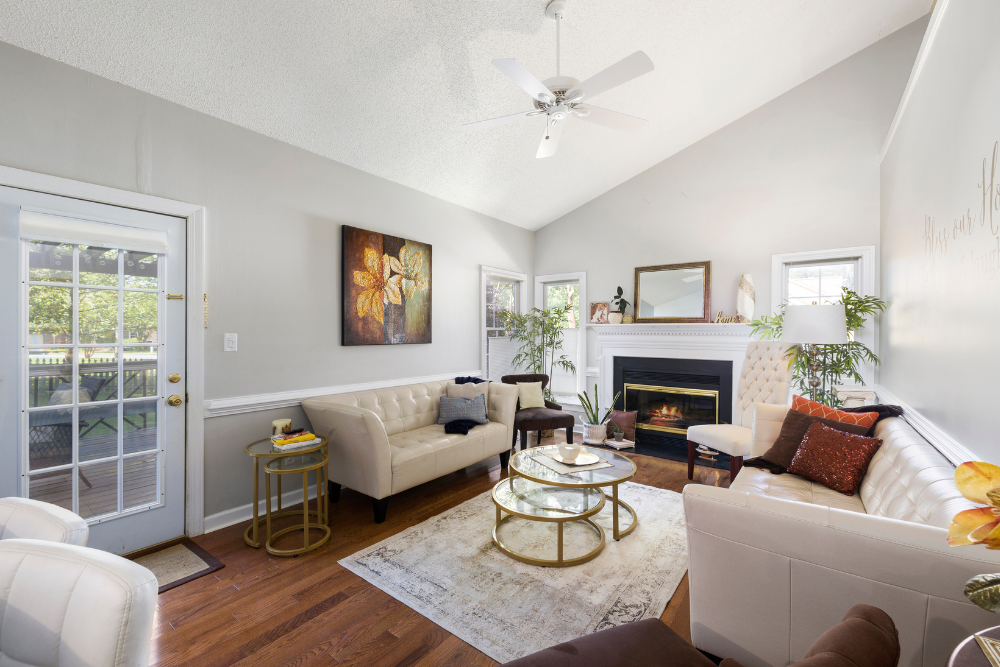The Midwest has long been associated with sprawling farmlands, red barns, and simple, practical homes. But as lifestyles evolve and urban influence spreads, so does the region’s architecture. What was once dominated by rural sensibilities is now giving way to modern design trends, sustainable materials, and a reimagined sense of space.
1. The Roots: Traditional Midwest Architecture
- Barns and Farmhouses: Early Midwest architecture was all about function—structures built to withstand the seasons and support agricultural life.
- Common features: pitched roofs, wide front porches, natural wood, and stone materials.
- Cultural Influence: Immigrant craftsmanship and a community-focused design ethos.
2. The Turning Point: Suburban Growth and Ranch-Style Homes
- Post-WWII expansion: The rise of the American suburb brought the ranch-style home to prominence.
- Open floor plans and single-story living became symbolic of a new middle-class lifestyle.
- Integration with nature: Large yards and a connection to the outdoors remained important.
3. Enter the Modern Era: Design Meets Innovation
- Contemporary Midwest homes now blend minimalism with the region’s rustic charm.
- Materials: Reclaimed wood, metal, glass, and eco-friendly composites are trending.
- Smart homes: Integration of technology—solar panels, energy-efficient heating, and smart lighting—is on the rise.
4. Urban Influence and the Rise of Industrial Chic
- Cities like Minneapolis, Chicago, and Kansas City are reshaping regional aesthetics.
- Loft conversions, exposed brick, and steel beams are common in urban settings.
- Adaptive reuse: Old barns and silos are being converted into modern living spaces.

5. Sustainability: A New Midwest Priority
- Green architecture is gaining traction, with passive house designs and LEED-certified builds becoming more common.
- Local sourcing: Builders are increasingly using local, sustainable materials to reduce environmental impact.
6. The Modern Midwest Aesthetic
- Blending past and present: Think clean lines, neutral palettes, and warm accents from natural elements.
- Popular styles: Modern farmhouse, Scandinavian-inspired minimalism, and industrial-modern hybrids.
- Interior design trends: Open-concept kitchens, multifunctional spaces, and cozy, minimalist decor.
7. What’s Next: The Future of Midwest Homes
- Infill development and small homes: As cities expand, there's a shift toward smarter, more compact living.
- Customization over cookie-cutter: Homeowners are looking for unique spaces that reflect both modern needs and Midwest heritage.
- Technology and tradition will continue to merge—expect more AI-driven homes with a handcrafted look.
From barns and silos to sleek homes and smart designs, the Midwest is undergoing a subtle but significant architectural transformation. While the heartland may be rooted in tradition, its homes are reaching toward a future that embraces sustainability, innovation, and a new kind of beauty.

